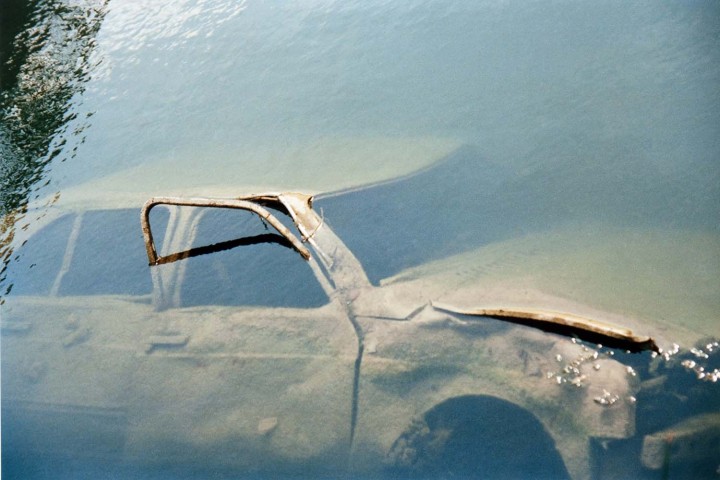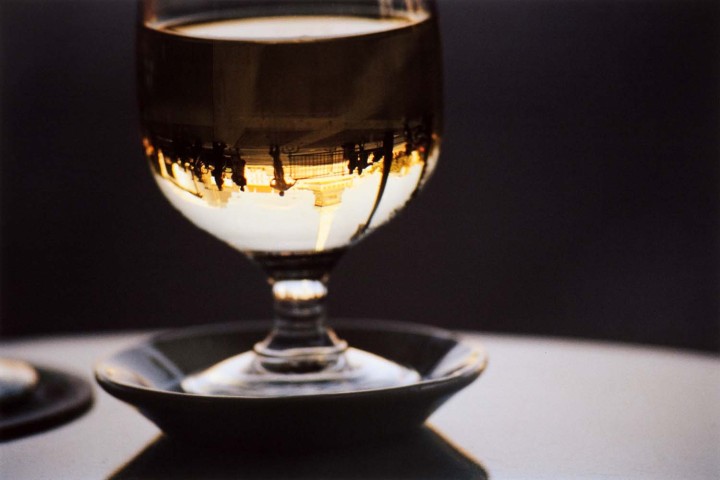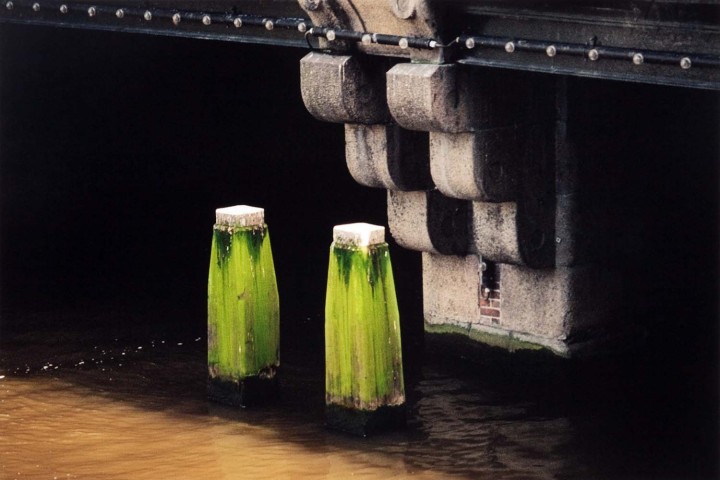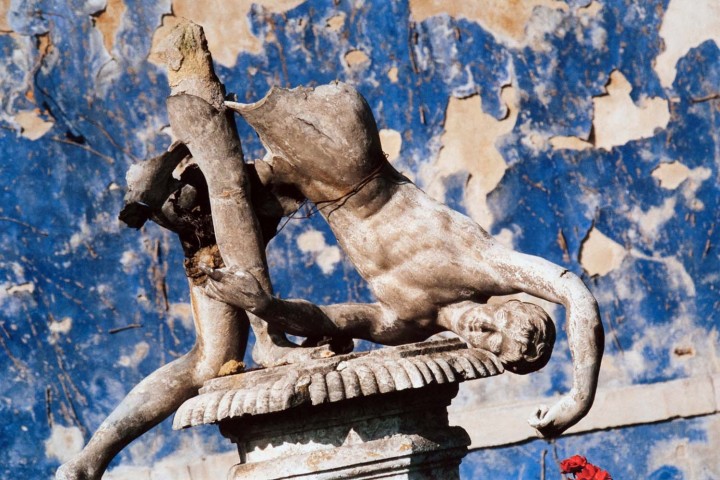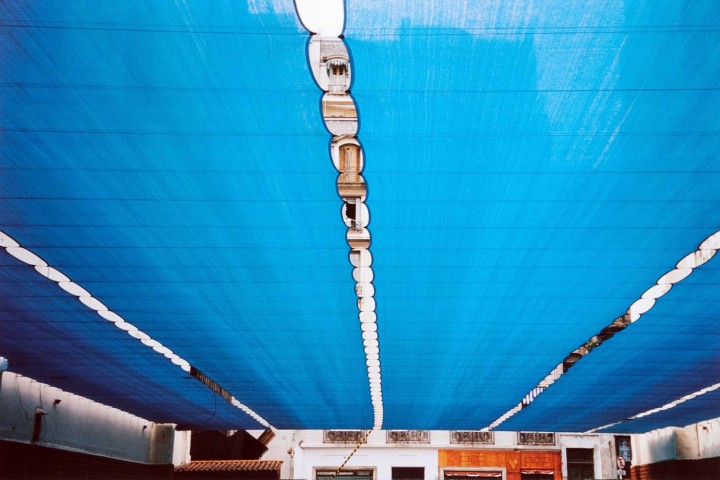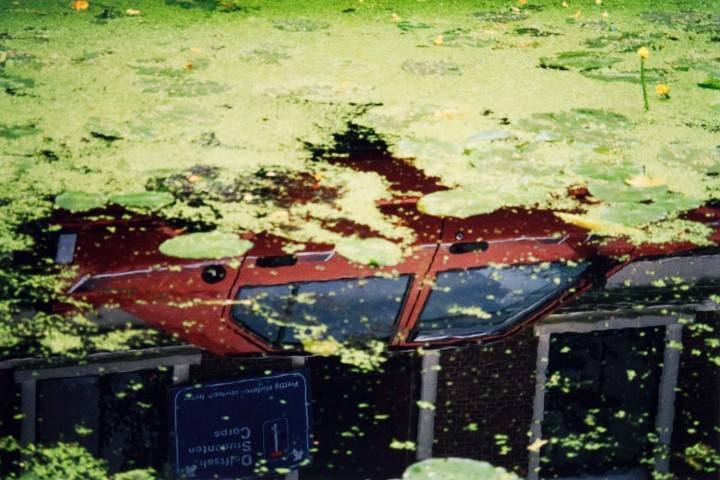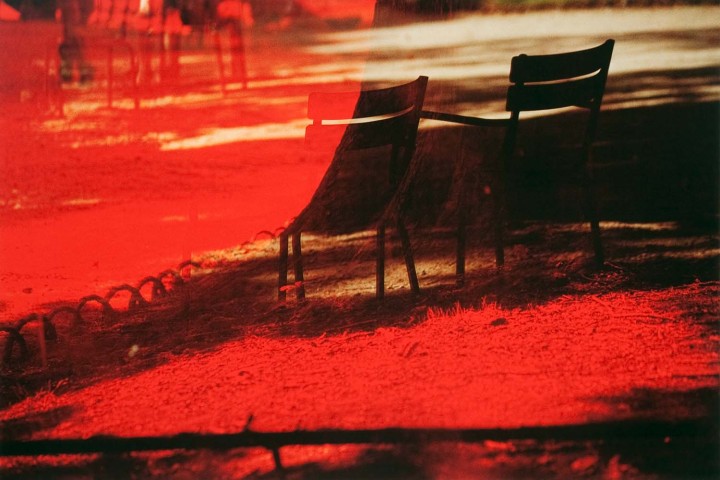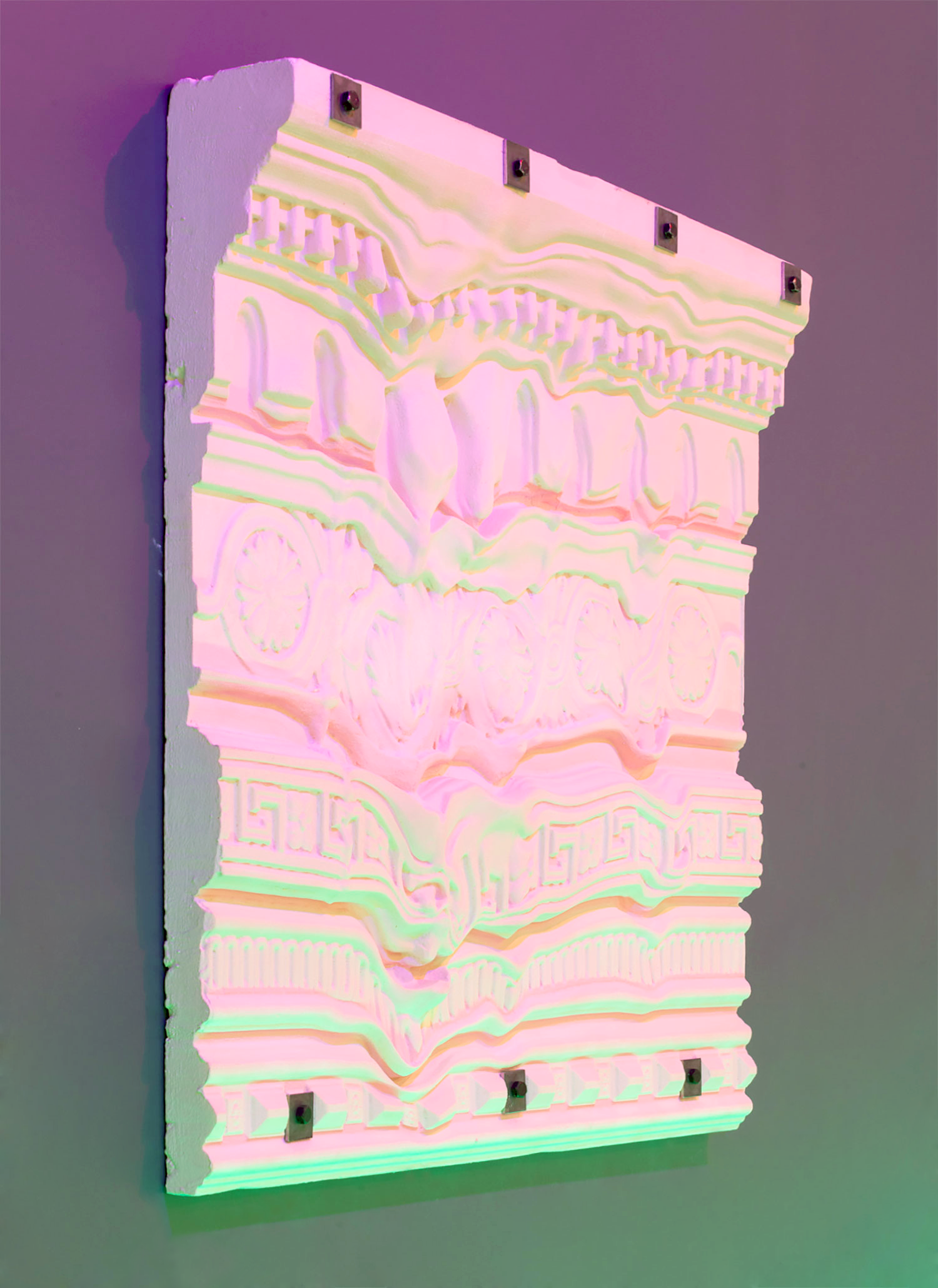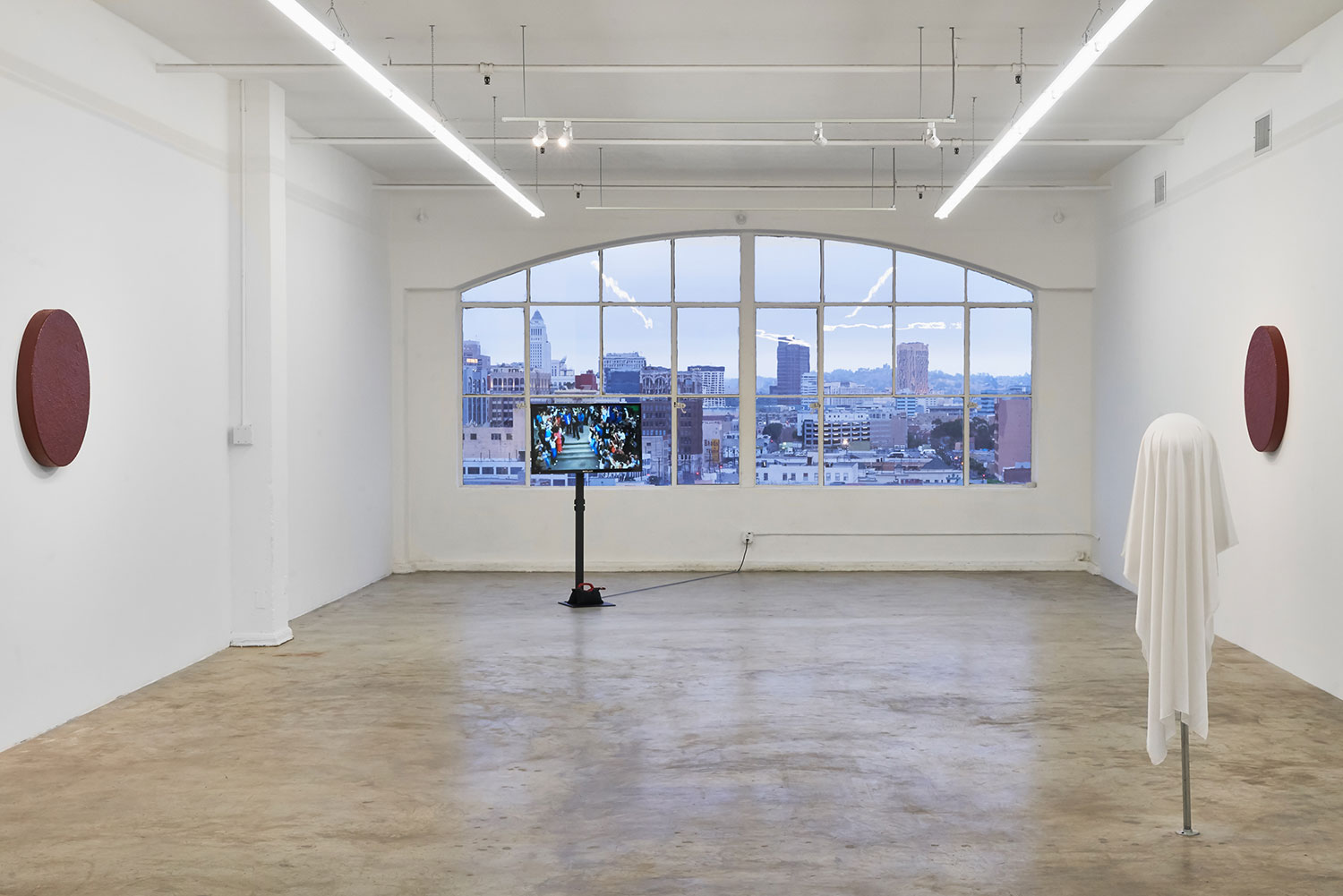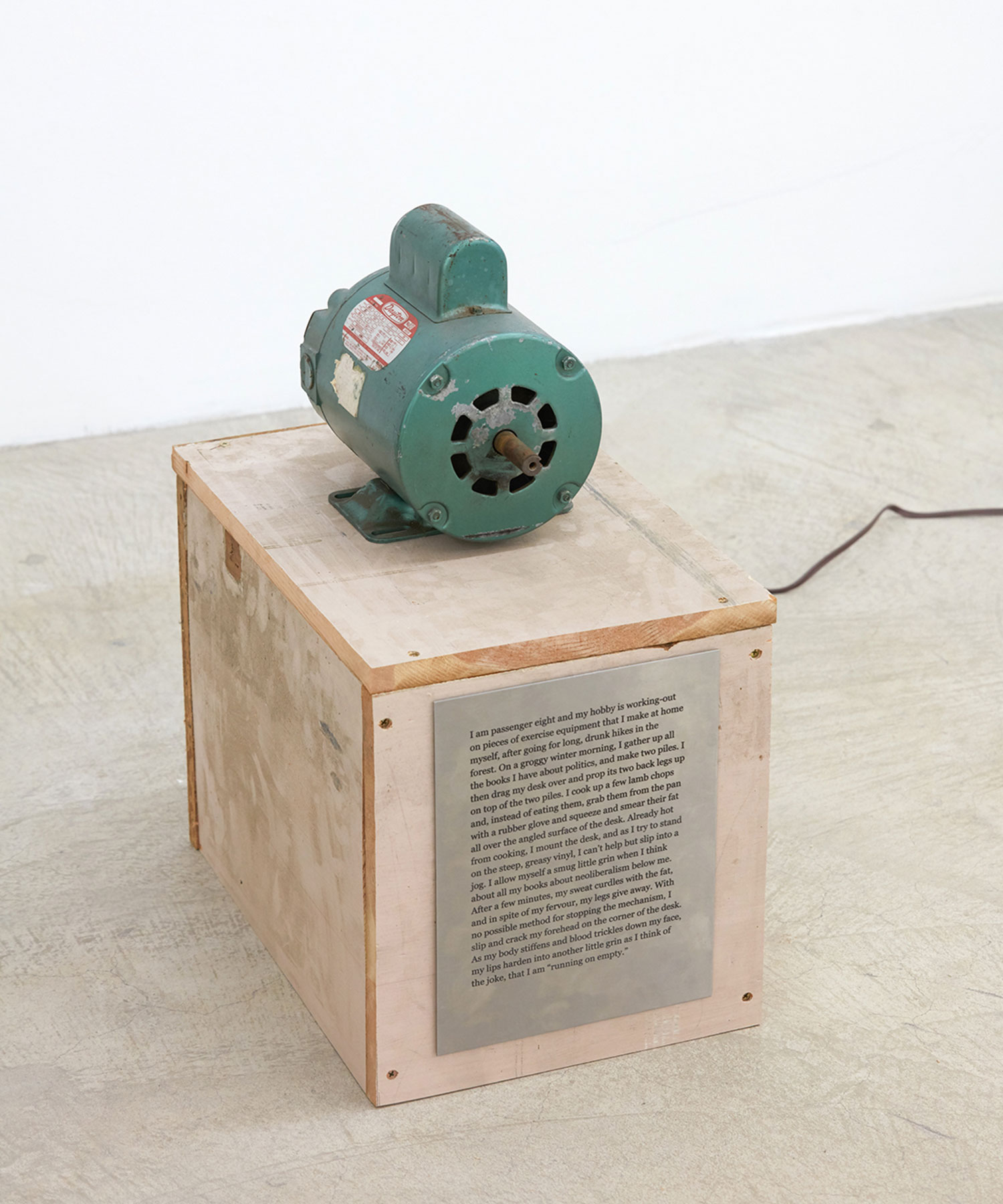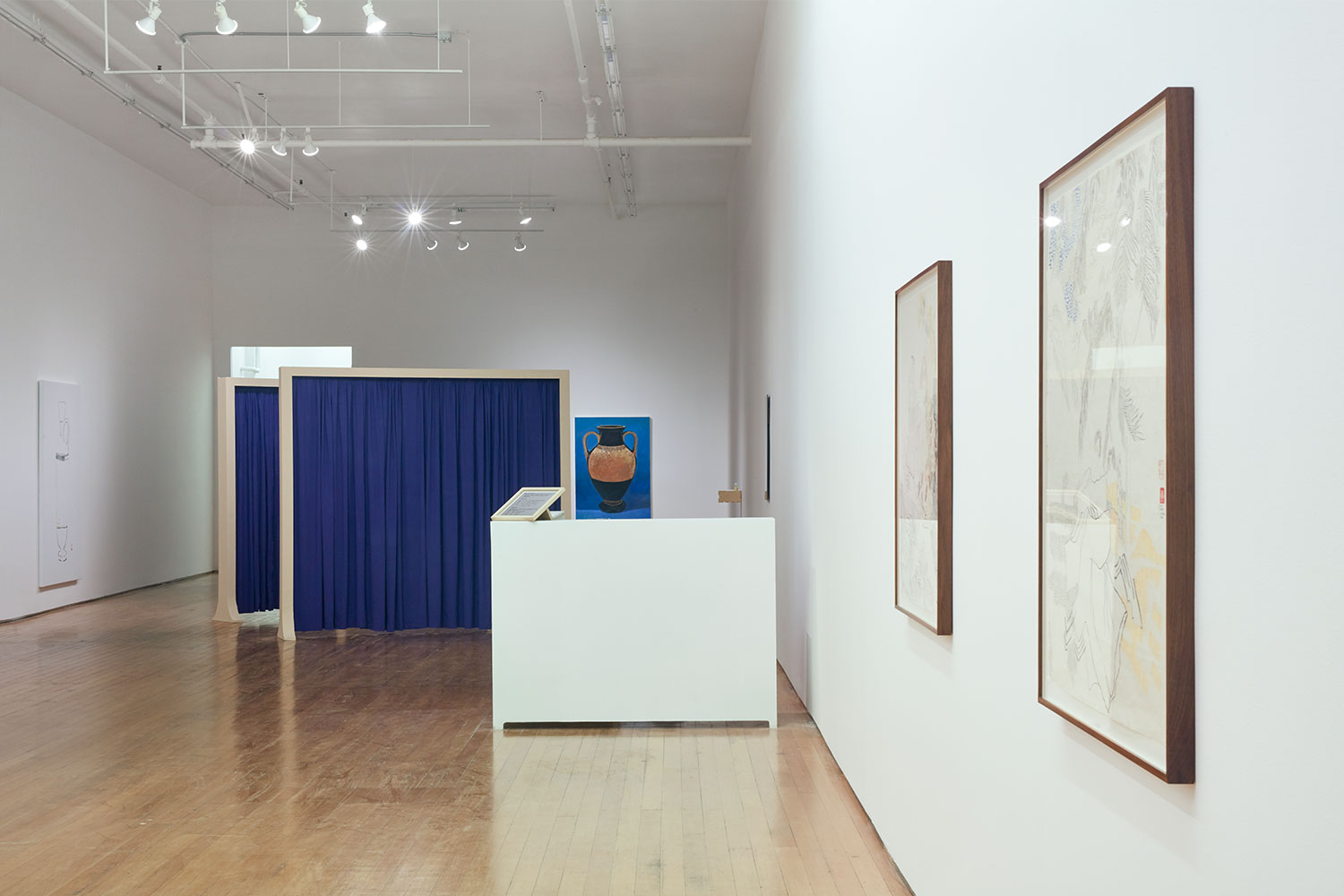More than any other photographer, we are invested in Baudrillard’s words. To separate the texts from the photographs would do the images a grave injustice. Yet, bind them together and you risk losing the photographs altogether to the “null” of art that Baudrillard spoke of so traducingly.
There is no secret, hidden key to these photographs. Though they are snapshots of familiar things, like a broken statue or a submerged vehicle, they seem taken by happenstance, as if Baudrillard were discovering something akin to an artistic muse.
Artistic muse is not accurate — it is a superstitious concept. Baudrillard considered photography a paradox that revealed a non-objective view of the world. He sought to capture little ironies in the world, moments of the Anthropocene that he felt depicted hyperreality, quoting Borges’s notion that “the photographic image materially translates the absence of reality which ‘is so obvious and so easily accepted because we already have the feeling that nothing is real.’”
Bastille (1998) is almost beautiful, an image of the Place de la Bastille, upturned in the reflection of a glass of water. In other photographs, color is used sagaciously, and as an insinuation of the illusion: the lush red velvet covering of a chair; a blue tarpaulin cover through which a building in Rio peeks; the green of the algae covering stanchions in a river.
Taken as photographs, I must praise them. But to what end? What would he want of these photographs? Where was their final destination? But if there was scorn toward the art system, Baudrillard stood in awe of photography. It is a contradiction that these works reside on Château Shatto’s walls — the “Ultimate Paradox” of the show’s title neatly doubling itself.
Baudrillard and art will always be a contradiction, an absurdity all the more apparent when writing about art. It is hard to take seriously the act of critiquing an art show by a man whose belief in photography as a representation of hyperreality was strict and concise, and who asked for consideration of only certain things, the least of which were photographic objects to be consumed, packaged as clever and important.

